
If You are a Vet Tech and Searching For The Best Vet Tech Books To Help You in Your Study, You Are in The Right Place. Here In Our Library, We Offer a Lot of Veterinary Books. You Will Find In This Page The Best Books For Vet Techs To Buy In 2025.
Below Each Title, You Will Find Description and Key Features of These Books Then Link To Get This Book From Our Library.
1- McCurnin’s Clinical Textbook for Veterinary Technicians and Nurses 10th Edition
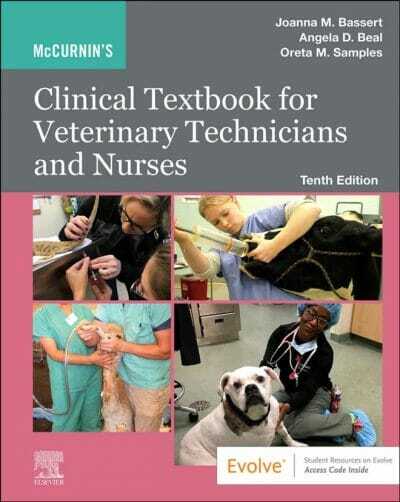 Master all the animal care duties of a veterinary technician! McCurnin’s Clinical Textbook for Veterinary Technicians and Nurses, 10th Edition provides a solid foundation in every aspect of veterinary technology, including care of small and large animals, birds, reptiles, and small mammals. Procedure boxes offer step-by-step guidelines to performing key tasks, and use of the veterinary technician practice model helps to improve your critical thinking and decision-making skills. Written by vet tech experts Joanna Bassert, Angela Beal, and Oreta Samples, this illustrated guide prepares you for success on the Veterinary Technician National Exam (VTNE®) and in clinical practice.
Master all the animal care duties of a veterinary technician! McCurnin’s Clinical Textbook for Veterinary Technicians and Nurses, 10th Edition provides a solid foundation in every aspect of veterinary technology, including care of small and large animals, birds, reptiles, and small mammals. Procedure boxes offer step-by-step guidelines to performing key tasks, and use of the veterinary technician practice model helps to improve your critical thinking and decision-making skills. Written by vet tech experts Joanna Bassert, Angela Beal, and Oreta Samples, this illustrated guide prepares you for success on the Veterinary Technician National Exam (VTNE®) and in clinical practice.
2- Fundamentals of Pharmacology for Veterinary Technicians, 3rd Edition
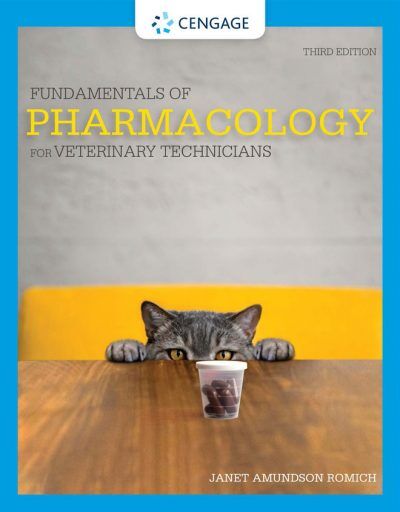
Do You Want to be indispensable to your veterinary care team? Instead of memorizing drug names, elevate your understanding of the drugs used to treat animal patients with Fundamentals of Pharmacology for Veterinary Technicians, 3rd Edition. Following a body-systems approach, you build a foundation knowledge about important drugs, their actions and potentially harmful effects, diseases the drugs treat, how to administer drugs safely and most effectively, and much more. And to make what you’re learning practical, chapters cover veterinary technician roles, dosage calculations, legal requirements, pharmacy management, job duties and clinical tips. The MindTap platform also offers digital resources such as practice quizzes, games, drug updates, and other supplemental resources for use during your course, while studying for certification exams and in your career.
Get This Book3- Lavin’s Radiography for Veterinary Technicians, 7th Edition
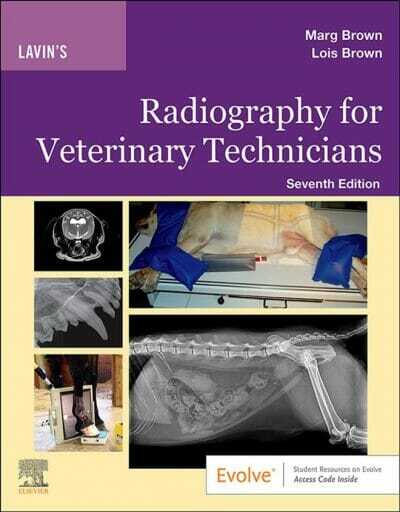
Lavin’s Radiography for Veterinary Technicians 7th Edition Develops a working knowledge of radiologic science as it applies to producing diagnostic-quality images ― and preparing for the Veterinary Technology National Exam (VTNE) ― This Book is Written in a way that is easy to follow and understand, all aspects of imaging, including production, positioning, and evaluation of radiographs, are covered in this comprehensive text. All chapters have been thoroughly reviewed, revised, and updated with vivid color equipment photos, positioning drawings, and detailed anatomy drawings. From foundational concepts to the latest in diagnostic imaging, this text is a valuable resource for students, technicians, and veterinarians alike!
Get This eBook4- Veterinary Technician and Nurse’s Daily Reference Guide: Canine and Feline 4th Edition
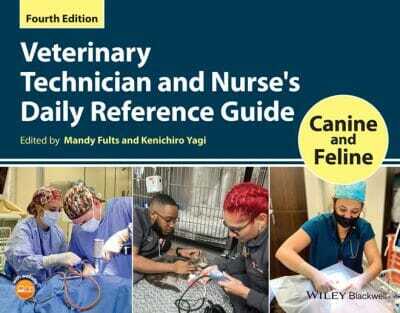
Veterinary Technician and Nurse’s Daily Reference Guide: Canine and Feline 4th Edition provides rapid access to the information veterinary technicians need in clinical practice. With an easy-to-use tabular format, the book covers diagnostic and patient care skills, diseases and conditions, preventive care, anatomy, anesthesia, and all other major areas of veterinary technician education and training. Chapters written by experienced veterinary specialists integrate charts, tables, and concise explanatory text to enable quick and efficient retrieval of information.
Get This Book5- Large Animal Medicine for Veterinary Technicians 2nd Edition
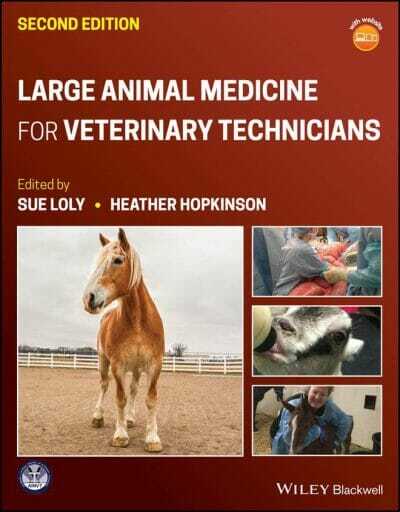
Large Animal Medicine for Veterinary Technicians provides comprehensive guidance on caring for horses, cattle, camelids, small ruminants, pigs, and other farm animals. Reflecting the topics required by the American Veterinary Medical Association (AMVA), this practical resource covers hospital biosecurity, restraint, physical examinations, clinical and diagnostic procedures, reproduction, nutrition, disease, and more. Detailed chapters written by expert contributors contain numerous full-color images, clinical applications, self-review questions, and accurate, species-specific information.
Get This Book6- Applied Pharmacology for Veterinary Technicians, 6th Edition
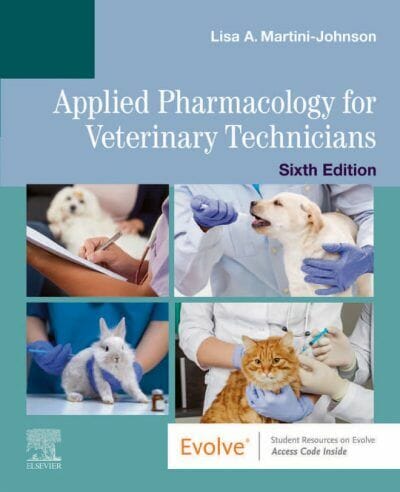
Applied Pharmacology for Veterinary Technicians, 6th Edition shows you how to determine drug dosages, administer prescribed drugs to animals, and instruct clients about side effects and precautions. Coverage of drugs includes pharmacokinetics, pharmacodynamics, clinical uses, dosage forms, and adverse effects. An Evolve companion website offers animations of pharmacologic processes, practice with dosage calculations, narrated videos demonstrating drug administration techniques, and more. Written by veterinary technology educator Lisa Martini-Johnson, this resource provides the pharmacology knowledge you need to succeed as a vet tech!
Get This Book7- Small Animal Emergency and Critical Care for Veterinary Technicians 4th Edition
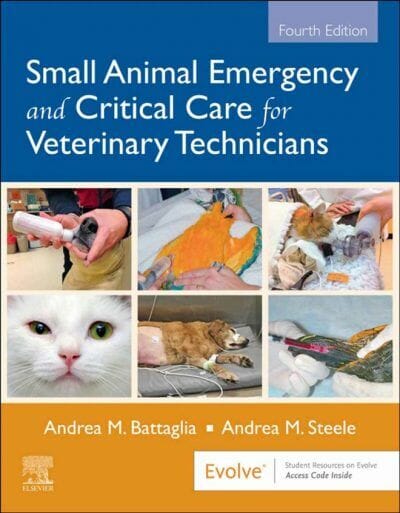
Small Animal Emergency and Critical Care for Veterinary Technicians 4th Edition provides quick access to dozens of common, life-saving protocols and procedures. Each treatment technique is described in step-by-step detail and illustrated in full color. To prepare you for the veterinary setting, a team approach is emphasized. This edition adds three new chapters and includes practical, easy-to-apply medical math and scenario-based exercises. Written by experienced veterinary technicians Andrea Battaglia and Andrea Steele, this resource prepares you for success on the VTNE, in veterinary practices, and in animal hospital emergency departments.
Get This Book8- Laboratory Manual for Clinical Anatomy and Physiology for Veterinary Technicians 4th Edition

Learn to apply your A&P learning in the lab setting with the Laboratory Manual for Clinical Anatomy and Physiology for Veterinary Technicians, 4th Edition. This practical laboratory resource features a variety of activities, such as terminology exercises, illustration identification and labelling, case presentations, and more to help reinforce your understanding of veterinary anatomy and physiology. The laboratory manual also features vivid illustrations, lists of terms and structures to be identified, and step-by-step dissection guides to walk you through the dissection process.
Get This Book9- Large Animal Clinical Procedures for Veterinary Technicians, 4th Edition
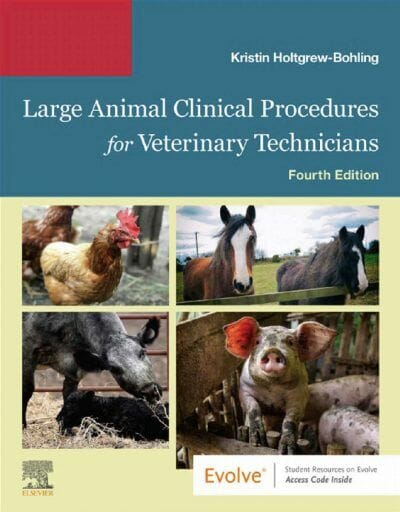
Gain the skills you need to master the role of the veterinary technician in large animal care! Large Animal Clinical Procedures for Veterinary Technicians 4th Edition teaches you how to set up, assist, and follow through on medical procedures and treatment regimens for large domestic animals. A comprehensive guide, this text not only defines the veterinary technician’s responsibilities in daily livestock care and hospital management, but includes separate sections on horses, cattle, sheep and goats, pigs, and llamas and alpacas – covering husbandry, clinical procedures, surgical procedures, and common diseases for each. This new edition includes information on safety and handling, livestock nutrition, vaccine scheduling, and diagnostic imaging, plus four new chapters with detailed care of poultry. Written by noted veterinary technician educator Kristin Holtgrew-Bohling, it is the ideal text for preparing for certification exams and everyday practice
Get This Book10- Exotic Animal Medicine for the Veterinary Technician 3rd Edition
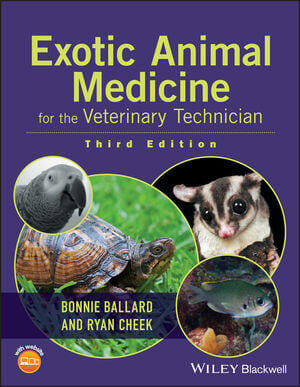
Exotic Animal Medicine for the Veterinary Technician is a comprehensive yet clear introduction to exotic animal practice for technicians in the classroom and clinic setting alike. With an emphasis on the exotic species most likely to present to a veterinary practice, coverage includes avian, reptiles, amphibians, fish, small mammals, and wildlife.
Features:
- Now in full color
- Features anatomy, restraint, common diseases to radiology, surgical assisting, and parasitology
- New chapter on fish medicine
- Companion website offering review questions and images from the text in PowerPoint
11- Small Animal Dental Procedures for Veterinary Technicians and Nurses, 2nd Edition
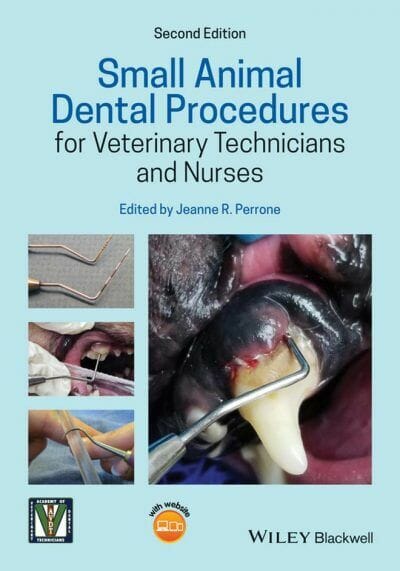
Small Animal Dental Procedures for Veterinary Technicians and Nurses 2nd Edition brings together all aspects of canine, feline, and exotic animal dentistry for veterinary technicians and nurses. Offering complete coverage of all aspects of dental treatment for dogs, cats, and exotic pets, the book describes techniques for veterinary technicians providing dental care. The new edition includes brand new information on digital radiology, plus updates to current protocols and improved images throughout the book.
The chapters contained within include in-depth coverage of all stages of small animal dental care, including:
- Anesthesia
- Radiology
- Dental cleaning
- Common diseases and treatment
- Equipment needs and maintenance
- Exotic dentistry
12- Veterinary Technician’s Manual for Small Animal Emergency and Critical Care, 2nd Edition
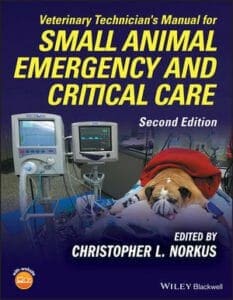
Veterinary Technician’s Manual for Small Animal Emergency and Critical Care 2nd Edition provides an in-depth and cutting-edge, yet easy-to-navigate, reference on emergency and critical care for veterinary paraprofessionals of all skill levels. Provides a comprehensive reference on emergency and critical care medicine for veterinary technicians of all skill levels, and veterinary assistants.
Veterinary Technician’s Manual for Small Animal Emergency and Critical Care, Second Edition provides an in-depth and cutting-edge, yet easy-to-navigate, reference on emergency and critical care for veterinary paraprofessionals of all skill levels.
Get This Book13- Laboratory Manual for Laboratory Procedures for Veterinary Technicians, 7th Edition
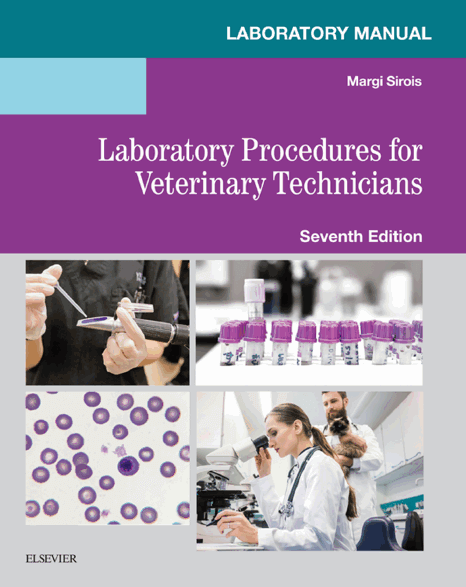
Ensure you’re at your clinical best! Laboratory Procedures for Veterinary Technicians, 7th Edition covers the broad spectrum of laboratory procedures that veterinary technicians need to perform effectively in the practice setting. Comprehensive content presents the fundamentals of microbiology, hematology, urinalysis, immunology, and cytology, along with the laboratory procedures used to perform the most widely used tests such as complete blood count, urinalysis, and immunologic assays. This thoroughly updated edition includes an expanded Quality Control and Record Keeping chapter along with the latest advances in veterinary clinical procedures to prepare you for real-life laboratory work.
Get This Book14- AAEVT’s Equine Manual for Veterinary Technicians
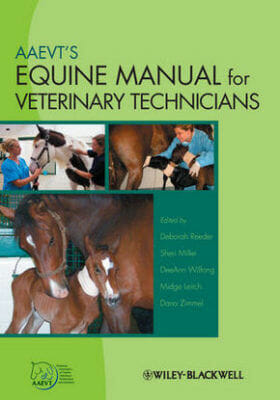
AAEVT’s Equine Manual for Veterinary Technicians offers a compendium of information on the care and treatment of horses for equine veterinary technicians. Highly accessible and easy to use, the book builds on the basics of equine care to provide a complete reference for equine nursing and technical skills. AAEVT’s Equine Manual for Veterinary Technicians is an invaluable guide for qualified equine veterinary technicians and assistants, particularly those earning their equine certification, vet tech students, and equine practices.
Get This Book
15- Anesthesia and Analgesia for Veterinary Technicians 5th edition
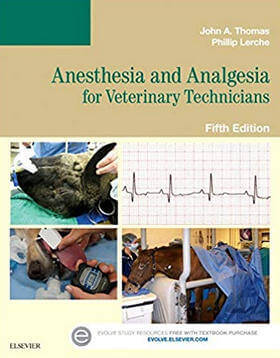
Anesthesia and Analgesia for Veterinary Technicians, 5th Edition is completely updated with the latest drugs and techniques. This entry-level practical resource prepares you to properly administer anesthesia with the most up-to-date information on pre-anesthetic preparation of the patient, induction procedures, monitoring animals’ vital signs during the anesthetic period, and postoperative care. Dive into interesting discussions of actions and side effects of anesthetic agents; the physiology of respiration, heart rate, and blood pressure; emergency response; anesthetic equipment; and specialized techniques — and take a more integrated approach to learning techniques for anesthesia administration with the text’s expertly illustrated step-by-step procedures.
Get This Book16- Hematology Techniques and Concepts for Veterinary Technicians, 2nd Edition
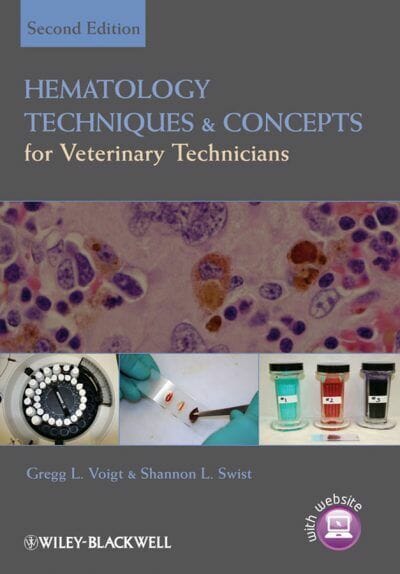
Hematology Techniques and Concepts for Veterinary Technicians 2nd Edition is a thorough update to this introduction to the fundamental concepts of collecting, handling, and preparing hematology samples. Covering the basics of blood composition, cell morphology, and sample collection, handling, and preparation, the book is designed specifically for veterinary technicians and students to gain a full understanding of why each test is performed and ensure accurate test results.
Key concepts have also been added to each chapter to better promote learning, and terms are now defined throughout the text, with the definitions collected into a glossary. User-friendly and well-illustrated with charts, reference values, algorithms and photomicrographs, Hematology Techniques and Concepts for Veterinary Technicians, Second Edition is a key reference for veterinary technicians and veterinary technology students.
17- Handbook of Radiographic Positioning for Veterinary Technicians
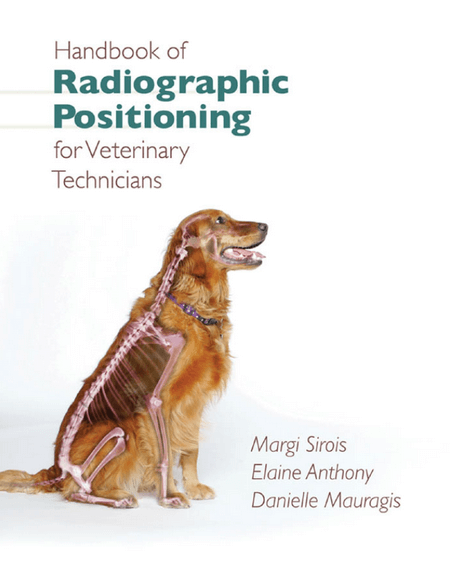
Handbook of Radiographic Positioning for Veterinary Technicians is designed as a practical guide to positioning for radiographic studies in the small animal clinic. This concise reference presents a systematic approach to the positioning of canine, feline, and exotic animal patients for routine and special radiographic procedures. The primary focus is on providing visual aids of animals in position for radiographic procedures. The resulting radiograph produced is included for each radiographic position. A diagram of anatomical landmarks used in determining correct positioning is also included.
Get This Book18- Diagnostic Parasitology for Veterinary Technicians, 6th Edition
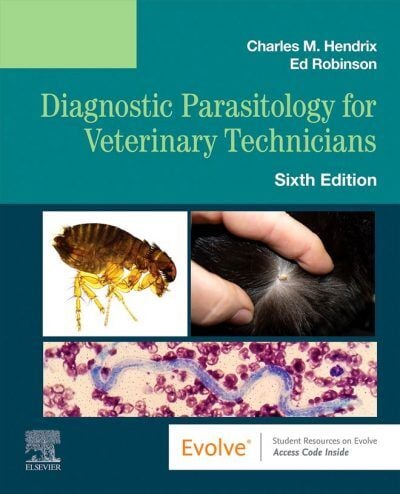
Gain the knowledge you need to Identify and understand animal parasites! Diagnostic Parasitology for Veterinary Technicians, 6th Edition features clear and concise discussions of the most commonly encountered internal and external parasites. Chapters are organized by parasite group — including nematodes, cestodes, trematodes, protozoans, arthropods, and leeches — and include a detailed description of the group, with special emphasis on morphology, life cycle, and important parasites. Then in each chapter, material is conveniently organized by host species: dogs, cats, horses, ruminants, swine, birds, lab animals, fish, and reptiles. Written by educators Charles M. Hendrix and Ed Robinson, this full-color, spiral-bound book provides the skills that veterinary technicians need to collect samples, perform lab procedures, and communicate with clients.
Get This Book19- Clinical Pharmacology and Therapeutics for Veterinary Technicians, 5th Edition
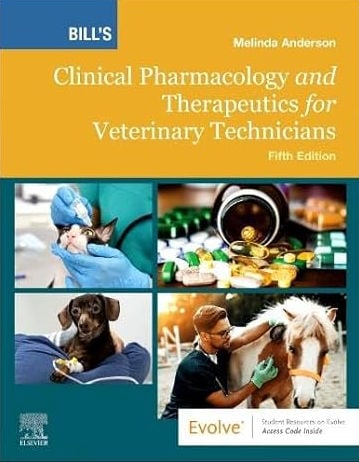
Bill’s Clinical Pharmacology and Therapeutics for Veterinary Technicians helps you understand the principles and practice of pharmacology in treating different animal species. The text explains how drugs work, how they are administered, and how to calculate drug dosages. Covering drugs by body system, the book also explains possible abuses, mistakes, and how things can go wrong when therapeutic protocols are not properly implemented. From veterinary pharmacist and educator Melinda “Mindy” Anderson, this fifth edition helps you provide better care for your patients and better education for their owners.
Get This Book20- VTNE Secrets Study Guide VTNE Test Review for the Veterinary Technician National Exam

Get the VTNE test prep help you need to be successful on the VTNE test. This Book is One of The Best Books For Vet Techs In Our Library. The Veterinary Technician National Exam (VTNE) is extremely challenging and thorough test preparation is essential for success. VTNE Secrets Study Guide VTNE Test Review for the Veterinary Technician National Exam PDF is the ideal prep solution for anyone who wants to pass the VTNE exam. Not only does it provide a comprehensive guide to the VTNE exam as a whole, it also provides practice test questions as well as detailed explanations of each answer.
Get This Book21- Master the Veterinary Technician Exam (VTNE)
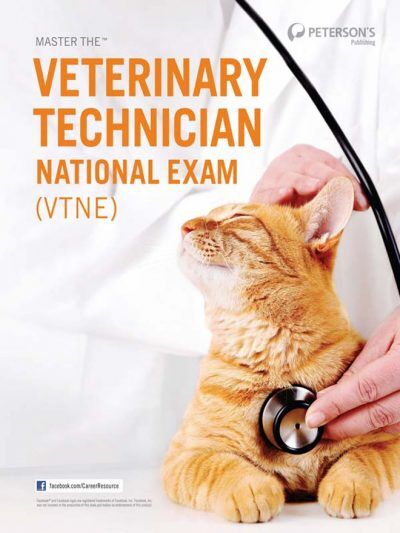
Master the Veterinary Technician Exam (VTNE) offers crucial test-prep strategies and skill-building review for this essential exam. In addition, readers will find the information they need to know about the responsibilities of a veterinary technician job, the steps to become a veterinary technician, and invaluable expert preparation and practice on the seven test topics of the VTNE listed below.
Part I provides an overview of a veterinary technician’s job and details on the Veterinary Technician National Exam (VTNE).
Part II is a preview of the exam ― a diagnostic test to determine strengths and weaknesses on questions that are just like the ones that appear on the VTNE. The guide includes test answers with complete explanations.
Get This Book22- Anesthesia for Veterinary Technicians
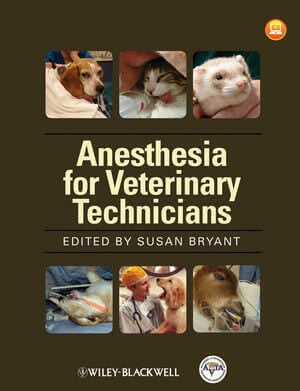
It’s a highly practical guide to anesthesia skills for veterinary technicians published in association with the Academy of Veterinary Technician Anesthetists (AVTA). Packed with hints and tips to aid technicians in the practice of veterinary anesthesia, the book offers an essential resource to building anesthesia skills and improving knowledge. Encompassing both background knowledge and practical application of anesthesia-related skills, Anesthesia for Veterinary Technicians is a valuable resource for veterinary technicians of all skill levels.
Features:
- Practical, hands-on guide to anesthesia procedures with broad species coverage
- Provides essential hints and tips for the veterinary technician
- Combines need-to-know background information with practical application
- Illustrated in full color
- Published in association with the Academy of Veterinary Technician Anesthetists (AVTA)
23- Review Questions and Answers for Veterinary Technicians, 6th Edition
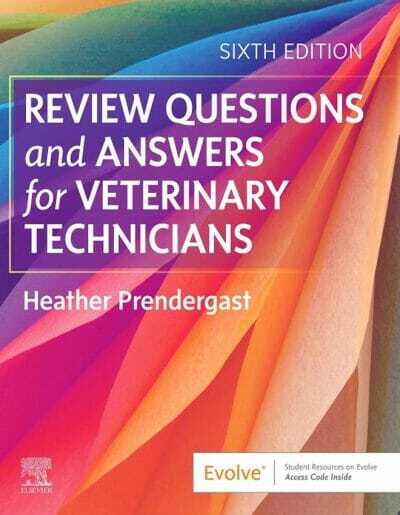
Review Questions and Answers for Veterinary Technicians, 6th Edition provides 5,000 VTNE-style questions that have been reviewed and updated to reflect the latest changes to the Veterinary Technician National Examination. The book begins with multiple-choice questions on basic knowledge, including anatomy and physiology, hospital management, calculations, and terminology. It continues with a Q&A review of core subjects such as pharmacology, surgical nursing, laboratory procedures, diagnostic imaging, and pain management. Written by veterinary technology educator Heather Prendergast, this review includes an Evolve website allowing you to create customized, timed practice exams that mirror the VTNE experience.
Get This Book24- Small Animal Internal Medicine for Veterinary Technicians and Nurses
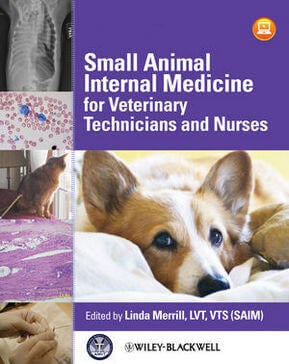
Small Animal Internal Medicine for Veterinary Technicians and Nurses is the first comprehensive resource on internal medicine written for the veterinary technician. Organized by body system, each chapter discusses pertinent diseases, from clinical signs, diagnostic testing, and prevalence to treatment options and nursing considerations. Published in association with the Academy of Internal Medicine for Veterinary Technicians, this book offers both a thorough grounding in the foundations of internal medicine for students and new veterinary technicians and detailed, advanced information suitable for experienced veterinary technicians.
Get This eBook
Conclusion
This Was The Best List of Vet Tech Books You Will Find Online. We Have More Books For Vet Techs From Our Veterinary Books Library To Boost Their knowledge and Practical Skills. You Can Browse All Veterinary Technicians Books From Here:




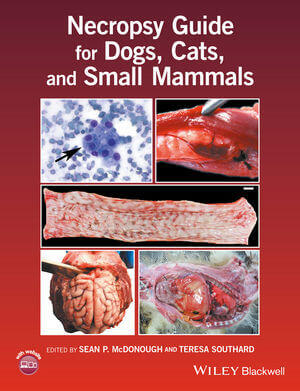
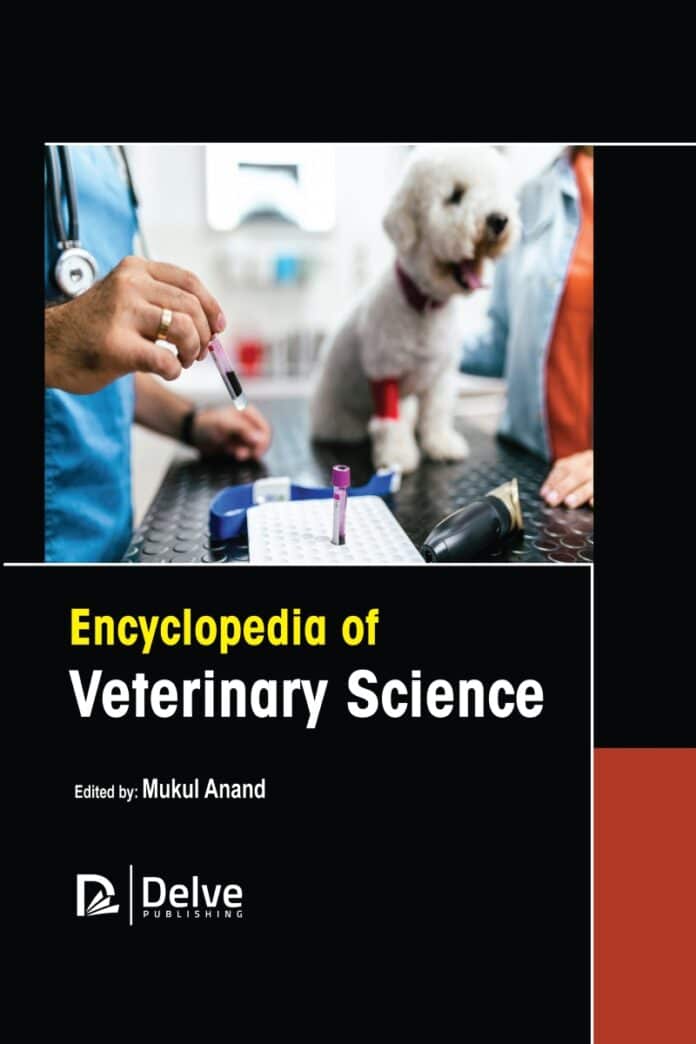
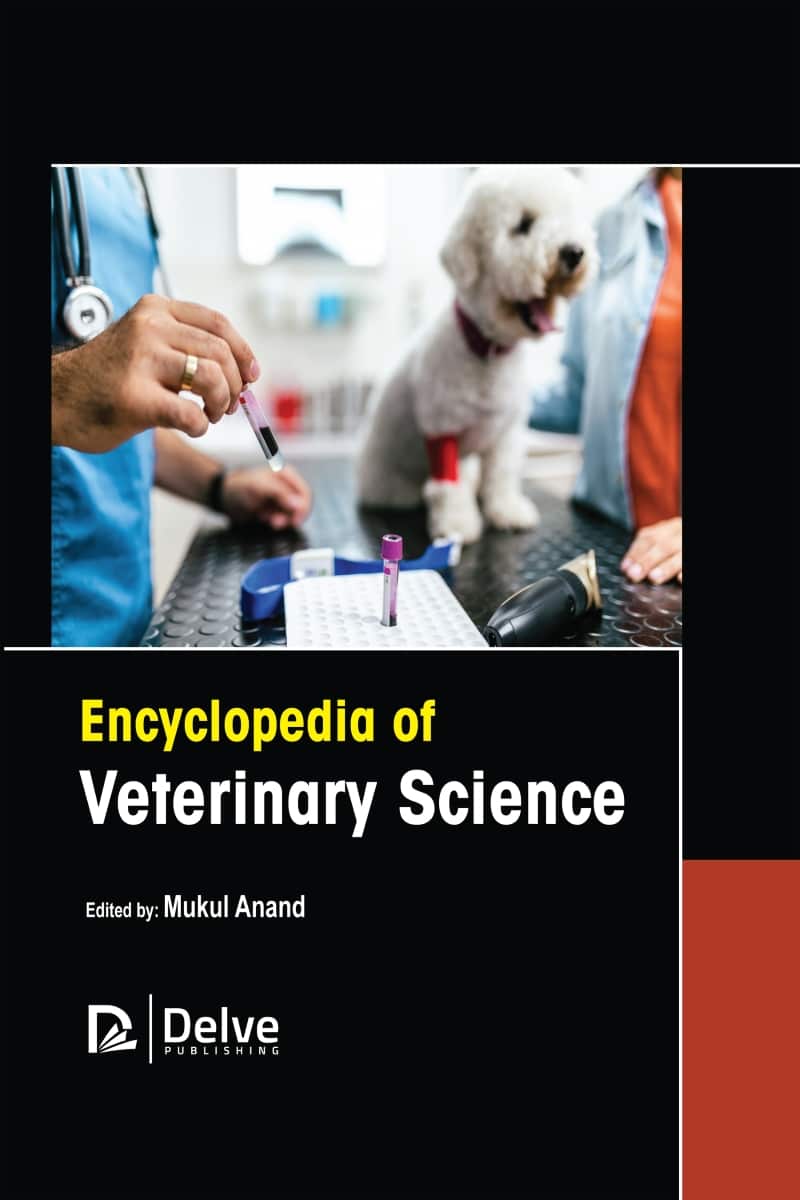
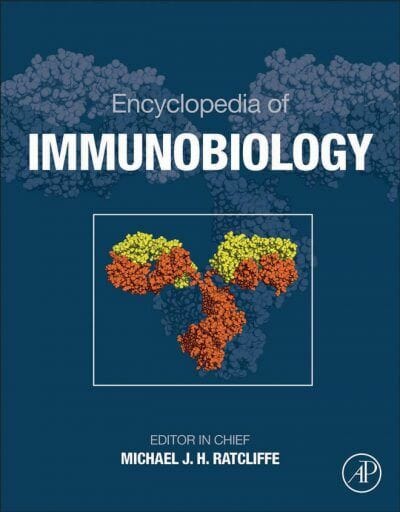

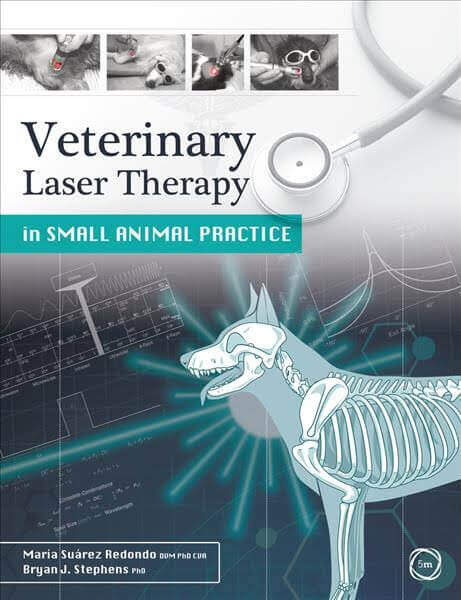


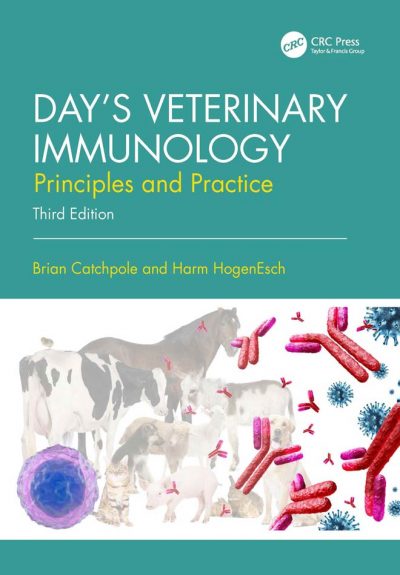







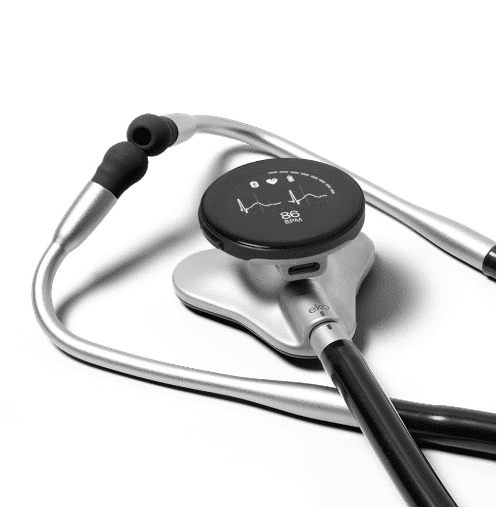 Rating: 4.6/5
Rating: 4.6/5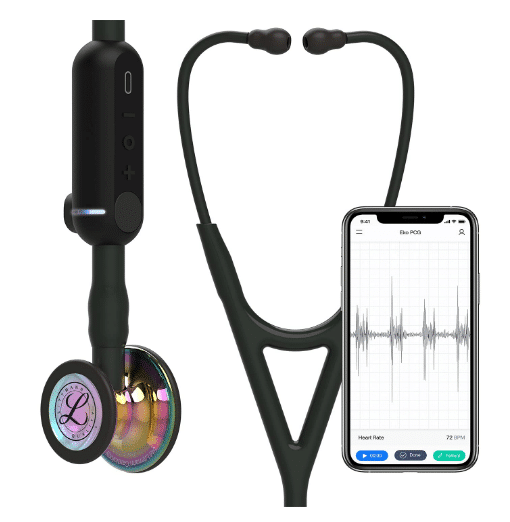

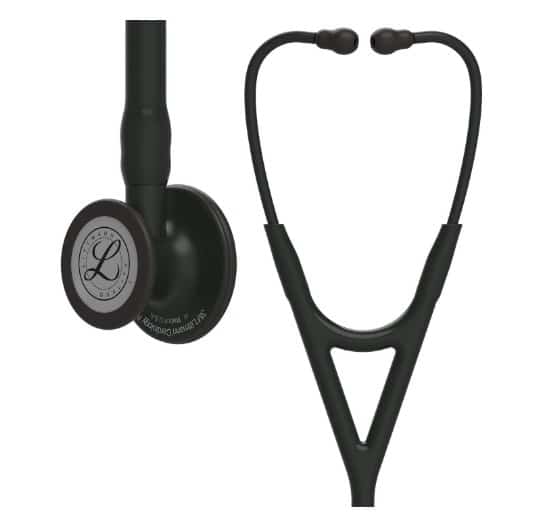
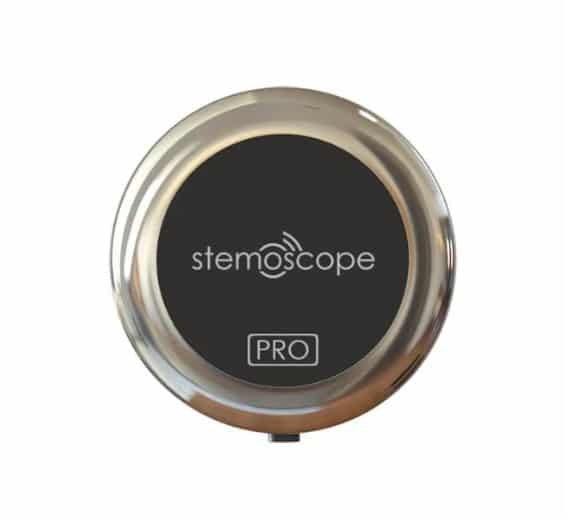

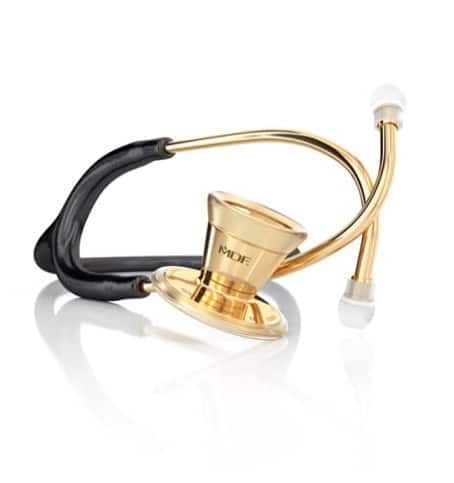
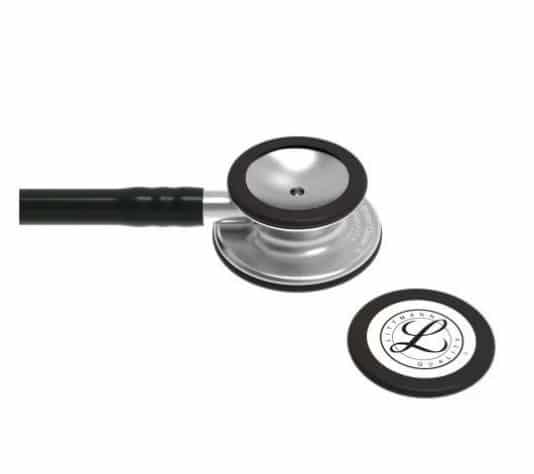
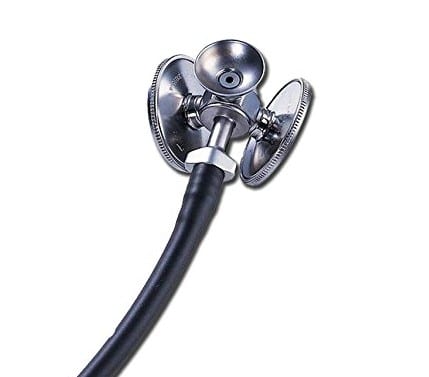
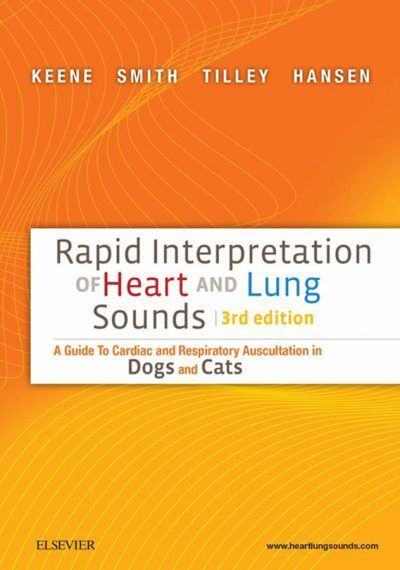


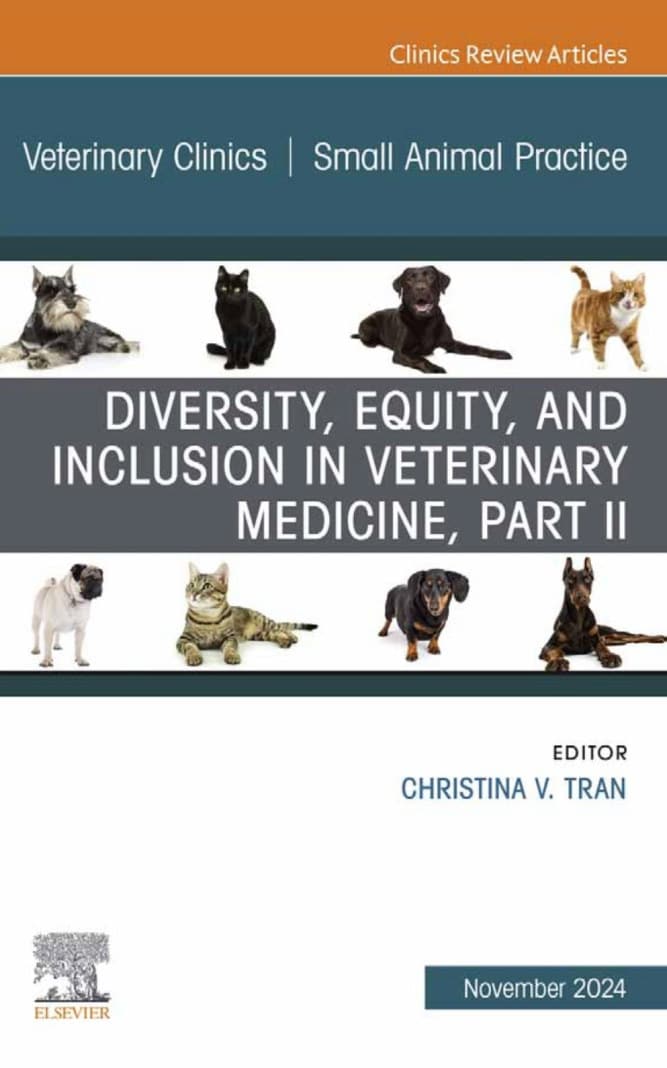





![Ettinger’s Textbook of Veterinary Internal Medicine 9th Edition [PDF+Videos] Ettinger’s Textbook of Veterinary Internal Medicine 9th Edition [True PDF+Videos]](https://www.vet-ebooks.com/wp-content/uploads/2024/10/ettingers-textbook-of-veterinary-internal-medicine-9th-edition-100x70.jpg)
![Textbook of Veterinary Diagnostic Radiology 8th Edition [PDF+Videos+Quizzes] Thrall’s Textbook of Veterinary Diagnostic Radiology, 8th edition PDF](https://www.vet-ebooks.com/wp-content/uploads/2019/09/textbook-of-veterinary-diagnostic-radiology-8th-edition-100x70.jpg)







